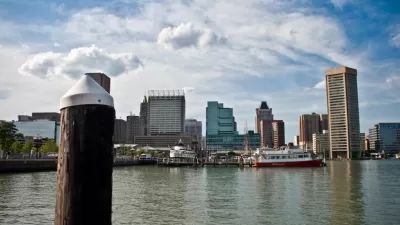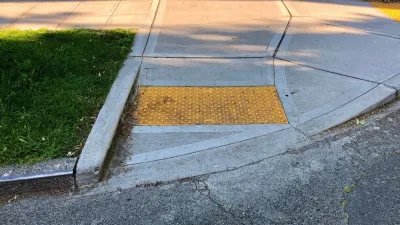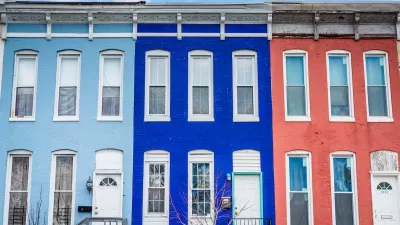The recent riots in Baltimore have revived the old stereotype of poor, crime-infested inner cities. Orlando Patterson argues in the New York Times that the truth about inner cities is much more nuanced and hopeful.

The challenges facing inner-city America are as tough as ever, as the Baltimore riots illustrated. Harvard Professor Orlando Patterson argues, though, that these challenges are different from the ones that cities faced during the periods of racial strife in the 1960s and are even different from simplistic accusations of racism and police brutality. He calls for "a more realistic understanding of America’s inner cities."
Patterson reports that the inner cities are not all that different. Even amid poverty and blight, crime is caused by a relatively small number of residents.
"According to recent surveys, between 20 and 25 percent of their permanent residents are middle class; roughly 60 percent are solidly working class or working poor who labor incredibly hard, advocate fundamental American values and aspire to the American dream for their children. Their youth share their parents’ values, expend considerable social energy avoiding the violence around them and consume far fewer drugs than their white working- and middle-class counterparts, despite their disproportionate arrest and incarceration rates."
"In all inner-city neighborhoods, however, there is a problem minority that varies between about 12.1 percent (in San Diego, for example) and 28 percent (in Phoenix) that comes largely from the disconnected youth between ages 16 and 24....[Their] culture is reinforced by contemporary conditions like poverty, racial discrimination, chronic unemployment, single parenting and a chemically toxic, neurologically injurious environment, like the lead paint that poisoned Freddie Gray."
"In regard to black youth, the government must begin the chemical detoxification of ghetto neighborhoods in light of the now well-documented relation between toxic exposure and youth criminality. Further, there should be an immediate scaling up of the many federal and state programs for children and youth that have been shown to work: child care from the prenatal to pre-K stages, such as Head Start and the nurse-family partnership program; after-school programs to keep boys from the lure of the street and to provide educational enrichment as well as badly needed male role models; community-based programs that focus on enhancing life skills and providing short-term, entry-level employment; and continued expansion of successful charter school systems."
FULL STORY: The Real Problem With America’s Inner Cities

Alabama: Trump Terminates Settlements for Black Communities Harmed By Raw Sewage
Trump deemed the landmark civil rights agreement “illegal DEI and environmental justice policy.”

Planetizen Federal Action Tracker
A weekly monitor of how Trump’s orders and actions are impacting planners and planning in America.

How Atlanta Built 7,000 Housing Units in 3 Years
The city’s comprehensive, neighborhood-focused housing strategy focuses on identifying properties and land that can be repurposed for housing and encouraging development in underserved neighborhoods.

In Both Crashes and Crime, Public Transportation is Far Safer than Driving
Contrary to popular assumptions, public transportation has far lower crash and crime rates than automobile travel. For safer communities, improve and encourage transit travel.

Report: Zoning Reforms Should Complement Nashville’s Ambitious Transit Plan
Without reform, restrictive zoning codes will limit the impact of the city’s planned transit expansion and could exclude some of the residents who depend on transit the most.

Judge Orders Release of Frozen IRA, IIJA Funding
The decision is a victory for environmental groups who charged that freezing funds for critical infrastructure and disaster response programs caused “real and irreparable harm” to communities.
Urban Design for Planners 1: Software Tools
This six-course series explores essential urban design concepts using open source software and equips planners with the tools they need to participate fully in the urban design process.
Planning for Universal Design
Learn the tools for implementing Universal Design in planning regulations.
Jessamine County Fiscal Court
Caltrans
Institute for Housing and Urban Development Studies (IHS)
City of Grandview
Harvard GSD Executive Education
Toledo-Lucas County Plan Commissions
Salt Lake City
NYU Wagner Graduate School of Public Service





























